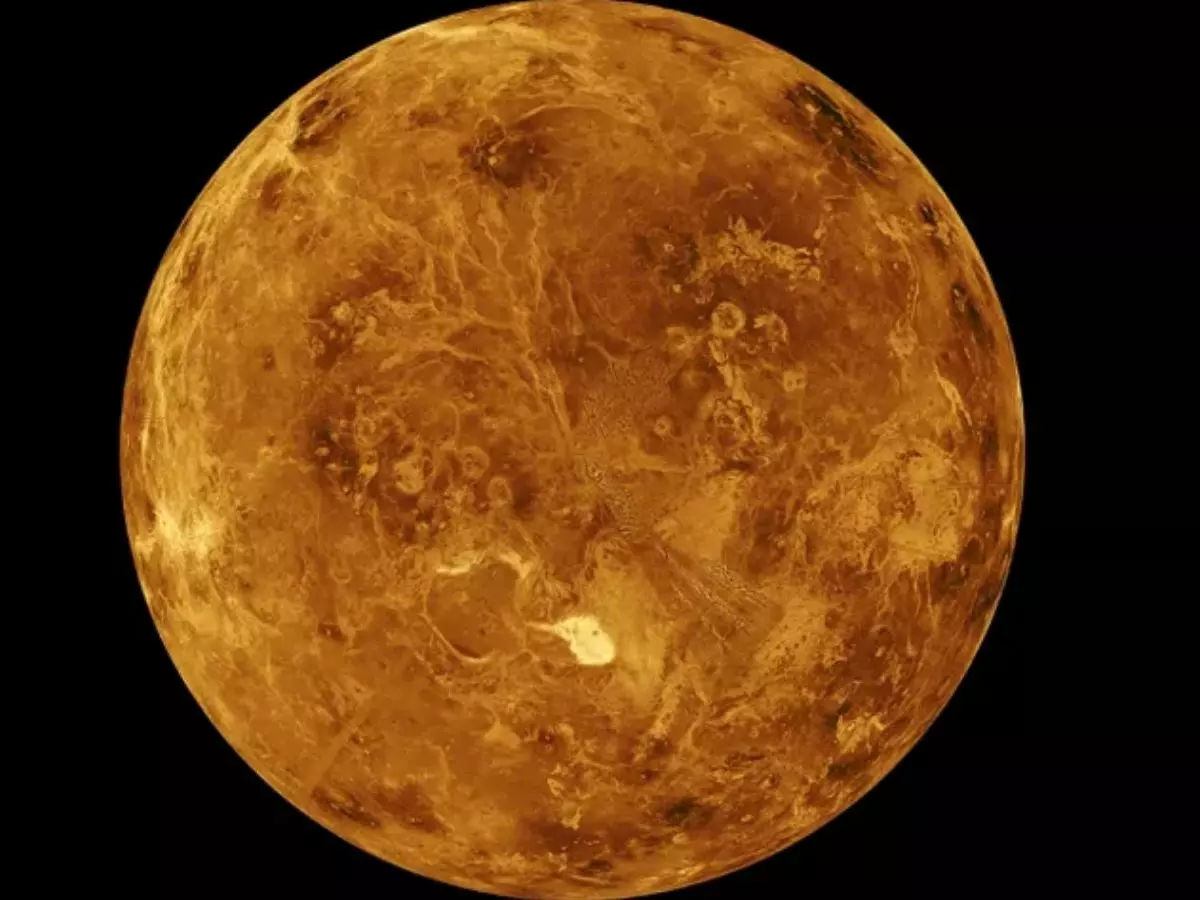Venus Clouds May Already Have Possible Alien Life, Claim Scientists
The study authors do state that as groundbreaking as this discovery is, it is far from the first proof of life in the galaxy.

Whenever we hear about new planets being discovered or new stars and galaxies that are seen never before, to surface and awe astronomers, one thought surely comes to our mind -- does it have life in it? Are we no longer alone?
And now, researchers have found some more answers to this dilemma; well sort of.
 NASA
NASA
Astronomers have found potential signs of life in the atmosphere of our neighbour planet, Venus. The discovery was made by two telescopes in Hawaii and Chile, which spotted the thick Venusian clouds of the planet possessing the chemical signature of phosphine -- a gas that is associated with life on our planet.
Reported first by AP, the study authors do state that as groundbreaking as this discovery is, it is far from the first proof of life in the galaxy. The discovery doesn¡¯t satisfy the ¡°extraordinary claims require extraordinary evidence¡± rule established by the legendary astronomer Carl Sagan who had first hinted about the possibility of life on Venus back in year 1967.
Study co-author David Clements, an astrophysicist from the Imperial College in London states, "It's not a smoking gun. It's not even gunshot residue on the hands of your prime suspect, but there is a distinct whiff of cordite in the air which may be suggesting something."
When you look at phosphine on Earth, it can be formed in two ways -- either through man-made processes or through animals and microbes. According to Clements, ¡°It is naturally found in ooze at the bottom of the ponds, in the guts of some creatures like badgers and perhaps most unpleasantly associated with piles of penguin guano." On Venus, they looked for processes causing this (including lightning strikes, volcanoes, meteorites etc.) and as per their data, none of the aforementioned occurrences could have caused such a spike in phosphine levels.
Life on Venus?
Now we¡¯ve known Venus to be this inhospitable planet with poisonous gases that¡¯s toxic to its core. So it¡¯s only surprising that life has managed to grow in these conditions. Astronomers feel that this creation of life has not occurred on the surface, but around 50 kilometres high in the atmosphere -- specifically in the thick CO2 layer cloud deck where temperatures aren¡¯t as hot as below.
 ESA
ESA
According to researchers, the phosphine could be released from some single-celled microbes inside sulfuric acid droplets who are living their life in 16-kilometre deep clouds.
When the droplet falls, the life in it would probably dry out and then be absorbed by another drop, resulting in a never-ending cycle. They do caution that while there is a possibility that life exists on Venus, more solid evidence is needed to truly support the claim.
